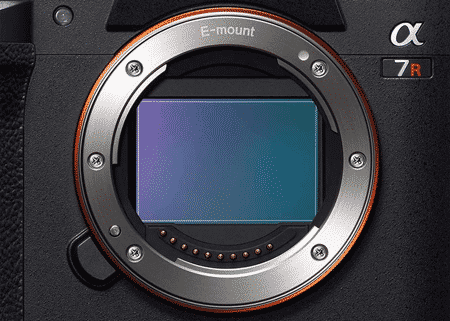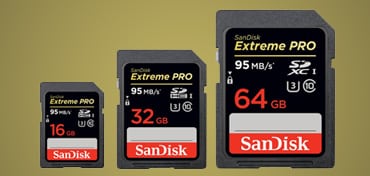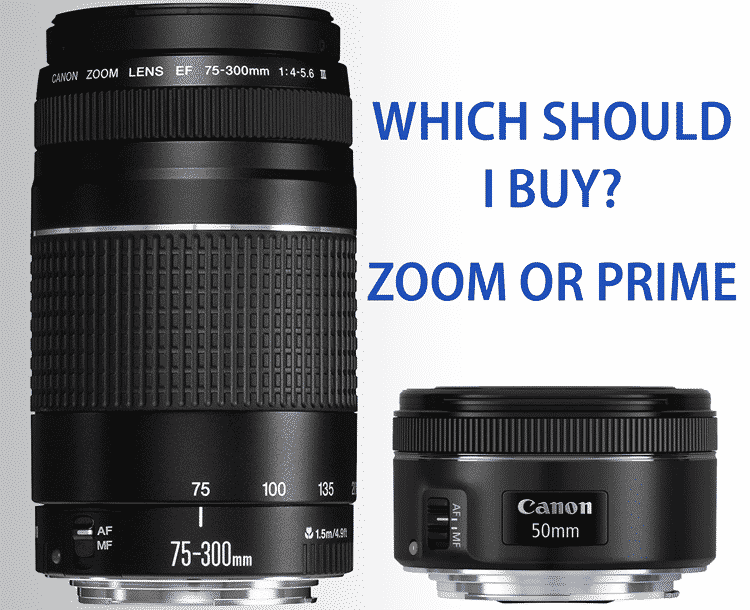A common question that both new and experienced photographers will have at some point in time is “How does my camera actually capture an image?” It’s an important concept to understand, whether that’s just because of curiosity or because you want to better control the photos you’re producing.
Table of Contents
ToggleCamera Image Sensor
A digital camera captures an image by using an image sensor to record the light information that the sensor is exposed to. Then this information is converted into the digital image you see.
Whether you are using a Mirrorless or DSLR camera this process is the same. If you’re not familiar, the difference between those two camera types is how the image is sent to the viewfinder. With a DSLR camera the scene you see in the viewfinder is be reflected through a series of reflex and relay mirrors or a pentaprism. Whereas a Mirrorless camera is just as it sounds “mirrorless”. Instead it uses a digital feed produce the image in the viewfinder.
In case you were wondering, the LCD screen on the back of a DSLR would be similar to what a Mirrorless Camera is doing, since that image is produced digitally.
Drawing with Light
The root of the word Photography means “drawing with light”. So as the camera’s image sensor is exposed to direct (incident) light or reflected light that bounces off an object before it reaches the camera sensor the scene is ‘drawn’ into the photo. This photo is then saved into the camera’s memory or storage card.
It may be common sense, but a darker portion of a photo had less light hit the sensor in that area, while a brighter area was exposed to higher amounts of light.
Letting in the Light
A camera’s image sensor is not continuously exposed to light. This is because of the camera shutter, which is one of the key aspects in creating the correct exposure. So as you click the button or tap your screen to take a picture you are triggering the shutter to open and let light in.
You can think of the shutter like a curtain or door that opens briefly to let light in. One of the keys of understanding photography is how long you should leave the shutter open based on the amount of light you have available.
The amount of time the shutter is open is known as the “shutter speed”. Not enough light and your image will be dark or under exposed. While leaving it open too long, and allowing too much light to hit the sensor you’ll end up with an overexposed image that looks like it’s ‘washed out’.
Controlling the Light
The light you are exposing to the sensor also has to be properly focused to the right distance so that the reflected and indirect light produces a clear image. This is where a lens comes in. The same thing happens with our eyes. For many the light is reflected at just the right distance so you can see clearly. While for many others, we need glasses or contact lenses to slightly adjust the distance or angle at which the light is being reflected in order to produce a clear image.
In addition to the shutter, which sits right in front of the sensor, you also have an aperture that helps control the amount of light. This is similar to the iris in our eye, which grows and shrinks with the level of light in a space. If you’ve never observed this, it’s fascinating to look at your eyes in a mirror and then turn a light on and off.
The aperture gives you that additional control to increase or decrease the light that enters the camera sensor. Which in turn gives you more flexibility with the shutter speed you can use.
Image Sensor Technology
The technology of an image sensor gets really complex, regarding how it is capturing that light information. Often they are using multiple layers of technology to give the ‘instant’ results you are accustom to seeing after you release the shutter button.
Below are a couple you may come across when looking at camera specifications. These are terms specifically used by Sony, so you may see other terms from the other major brands, but the idea behind the technology will be similar.
Digital Overlap High Dynamic Range (DOL-HDR)
This technology is designed to help produce images with higher contrast. In a photo a higher degree of contrast is generally perceived as a better image. Meaning our eyes are more interested in seeing bright whites and dark shadows than everything in a muted gray.
DOL-HDR essentially records information at a short (darker) and a long (lighter) exposure, then pieces them together as a more balance image.
Scalable Low Voltage Signaling Embedded Clock (SLVS- EC)
This is a interface that allows for high-speed transfer of information from high-resolution images. Basically a way to transfer a lot of information really fast.
So this allow for higher resolution videos and faster response time of your camera. Many cameras today have the option to do a still capture while you are taking a video, this is one of the functions of this camera technology.
Phase Detection Auto Focus (PDAF)
The traditional auto focusing technology used something called Contrast Auto Focusing. What Phase Detection Auto Focus allows for is a quicker auto focus, since it’s not just using contrast to determine the focal point.
This allows for faster focusing on moving objects as well as quicker switching between an object in the foreground verses the background.
Related Articles
How to Choose a Memory Card For Your Camera
The two key features you should consider when choosing a memory card for your camera are the Speed and Capacity...
Read MoreHow to Choose a Camera Lens
When choosing a camera lens remember the quality of your images is a direct result of the quality of the...
Read MoreCamera Lenses Explained [Complete Guide to Understanding What Lens to Buy]
Lenses are what makes photography fun! This Camera Lens Guide explains the different types of camera lenses and what to...
Read MoreFirst and foremost, I’m a husband and father. Then professionally I’m photographer, designer, blogger, and Esty store owner. My homebase is near the stunning Wasatch mountains in Utah but I love traveling with my family as part of our homeschooling journey. I also love teaching and helping out others. My faith is one of the biggest aspects of my life and brings be a consistent joy that I haven’t found in anything else. My main blog is BestPhotographyGear.com and I strive to make photography simple for anyone looking to learn or find gear for their individual needs. By nature, I like to study, research, and analyze things and I use that help provide the best advice and reviews I can.




